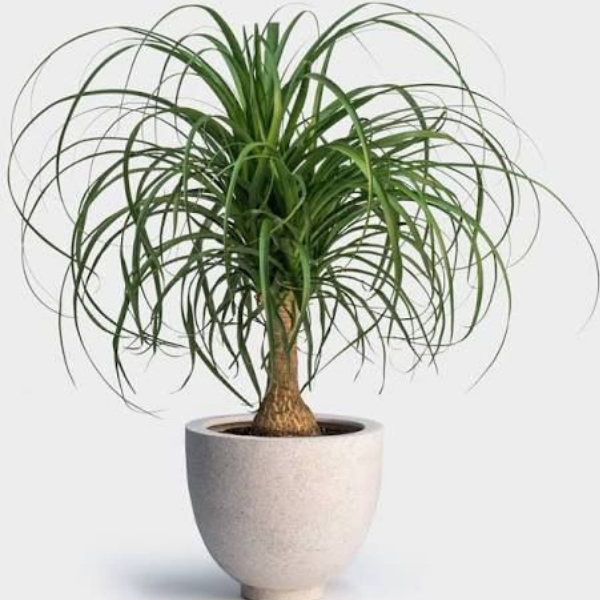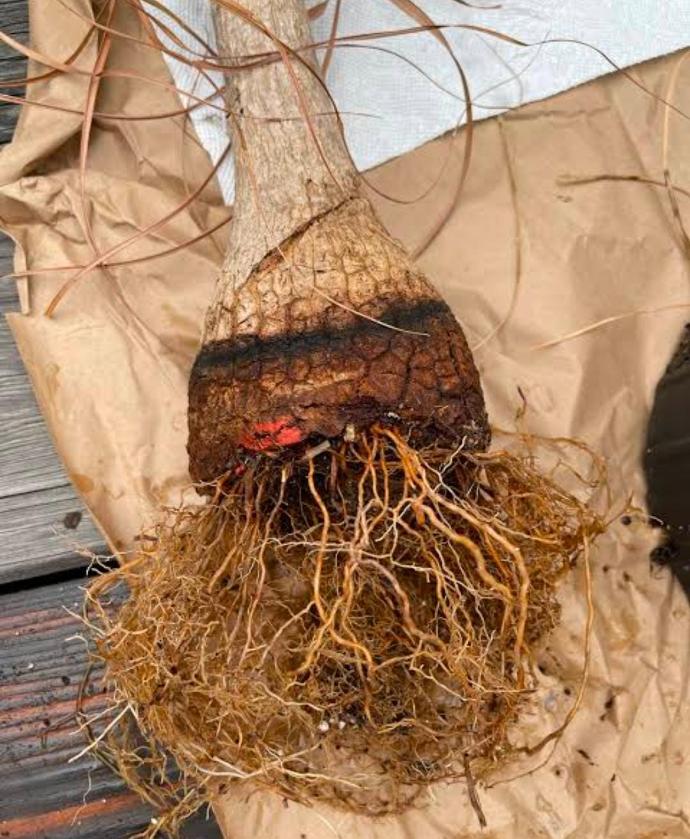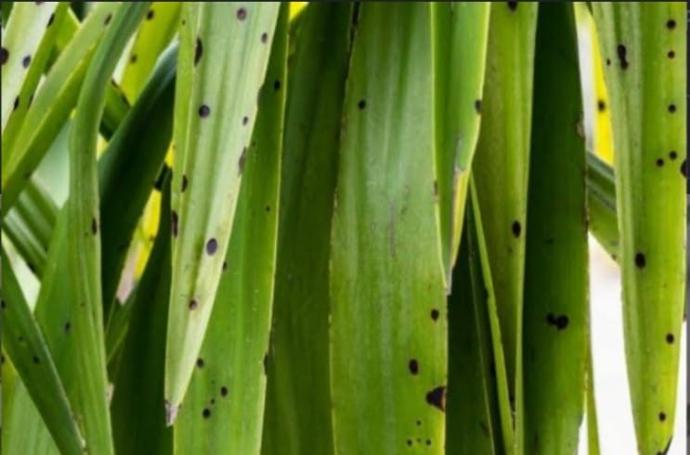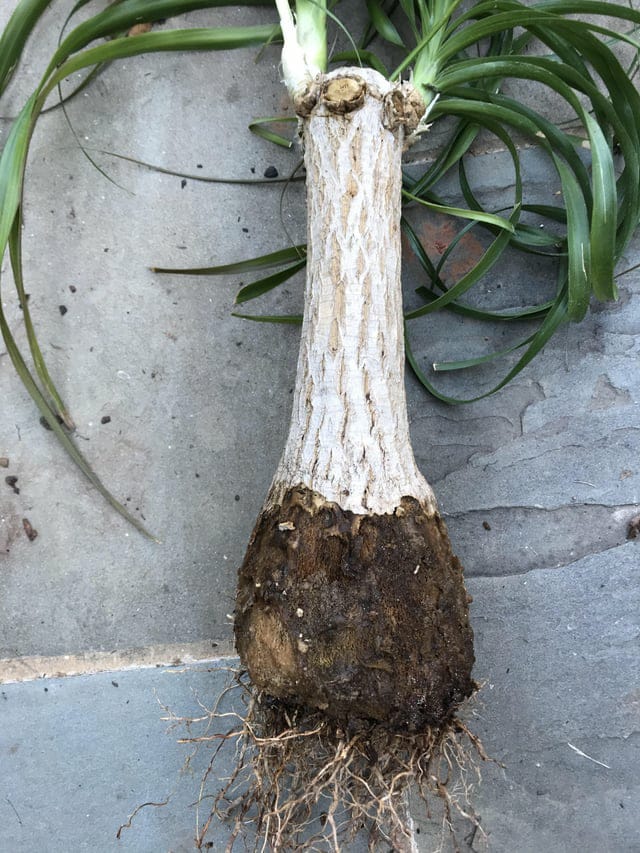Ponytail palm Plant
Ponytail Palm, also known as Beaucarnea recurvata, is an indoor plant with long, arching leaves. Plant in well-draining soil and provide bright, indirect light. Allow the soil to dry between waterings. Pruning is generally not required, but remove any yellowing or dead leaves
Habit
succulent
Height
1.5 to 2.0 m
Growth
Slow
Soil
Well Drained, sandy loam
Shade
Full Sun
Moisture
Moist
Edible
No
Medicinal
No
Origin
Mexico, Central America
Climatic Condition
Subtropical, Arid
Temperature (°)
18°C to 30°C
Humidity (%)
50% to 60%
Potting media
50% Loam, 40% Sand, 10% Organic Matter
Fertilizers
Organic Fertilizer
Watering
Regular watering
Plant Weight
1 to 3 kg
Flowering Time
Spring to Summer
Soil Ph level
6.0 to 7.5
Water Ph level
6.0 to 7.0
Soil EC
0.5 to 1.0 mS/cm
Yield Per Plant
Ornamental
NPK ratio
10:10:10
life Span
20 to 30 years
Health Benefits
Ornamental, Air-purifying
Suggested Grow Media or Potting Mix ?
50% sandy soil, 30% compost, 20% perlite
Suggested Fertigation/Fertilizers
Fertilize every 6 weeks with a balanced, slow-release fertilizer.
Common Diseases and Remedies
Leaf spots, stem rots, and bacterial leaf streak.
Crispy brown tips on the leaves: this will happen due to age and also if the humidity is very low.
Remove topically with a soft tissue and treat with an organic pesticide, such as Neem Oil.
Fungicides containing copper can be used on plants exposed to the disease (see Table 1 for specific products).
HEALTH BENEFITS
· Improves indoor air quality.
· Enhances humidity, beneficial for respiratory health.
Aesthetically pleasing, reducing stress and improving mood.
What Is A Ponytail Palm Tree?
The ponytail palm is known for its unique shape, with a circular dome at the base of the trunk and the leaves hanging down like a ponytail. It can grow up to 15 feet tall, but most people keep it around 3 feet tall indoors.

What Are The Different types of ponytail palms?
1.Beaucarnea recurvata:-
The most common species of ponytail palm with a single trunk and leaves on the top. It belongs to the agave family and is native to eastern Mexico.
2.Beaucarnea guatemalensis:-
A variety with swollen trunks and thin leaves.
3. Beaucarnea gracilis:-
A variety with a small trunk.

How do you care for the ponytail palm?
1.Location:-
The ponytail palm is a bright sun-loving desert plant. It tolerates poor lighting conditions, but grows more slowly.
2.Sunshine:-
Ponytail palms prefer bright indirect light or some direct sunlight. It can grow in south- or west-facing windows, but it will also grow in east-facing windows.
3.Soil:-
Ponytail palm grows in well-drained, sandy soil with a neutral pH. If growing indoors, use a peat-rich cactus or succulent potting mix.
4. Hydration:-
Ponytail palms store water in their trunks and can survive long periods without water. Water only when the soil surface is dry.

5.Nourishment:-
Fertilize once a year in the spring with a cactus and succulent fertilizer.
6.Issues :-
Overwatering
Lack of fertiliser
Too much direct sunlight
What are the benefits of ponytail palm?
Ponytail palm has been listed by NASA as one of the best indoor air purifying plants. Removes toxins such as formaldehyde, xylene, toluene, and benzene from the air. Ponytail palms are known for their hardiness and ability to grow in low light conditions. They can also survive in dry, arid environments and can survive for two to three weeks without water.

FAQ's About Growing Ponytail Palm
1. How fast does a ponytail palm grow?
12 inches per year Under optimal conditions, a ponytail palm can grow up to 12 inches per year, but this is not common indoors. there is no.
2. Do ponytail palms clean the air?
Ponytail palm is an excellent houseplant to improve air quality as it can remove toxins such as formaldehyde from the air.
3. Do ponytail palms tolerate sunlight?
Ponytail palms prefer full sun or bright indirect light.
4. How much water does the ponytail palm need?
During the growing season, the plant needs to be watered no more than once every two weeks.
5. Does the ponytail palm need fertilizer?
Fertilize once or twice a month during this period.



